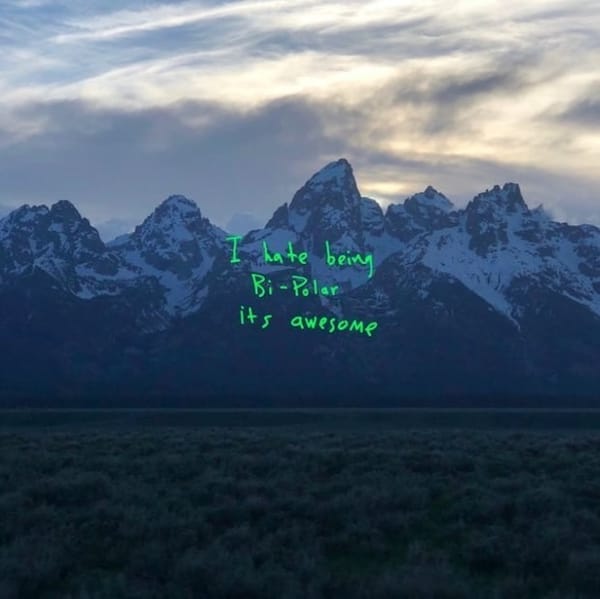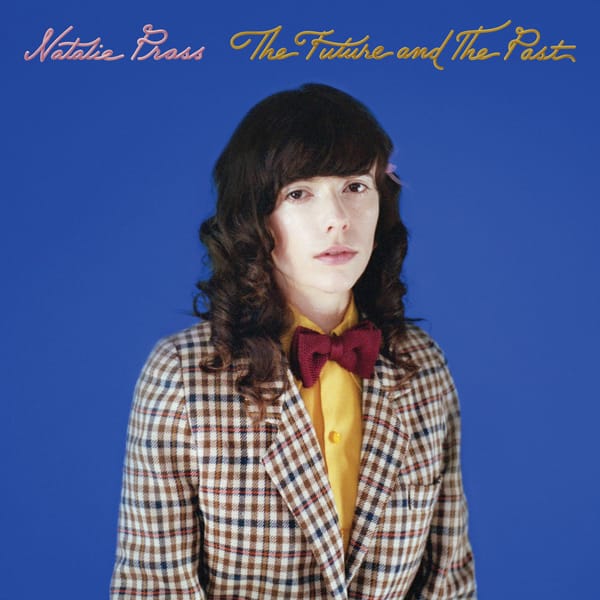The age of Oneohtrix Point Never has finally touched down
Age Of is a brilliant development for Oneohtrix Point Never, which sees producer Daniel Lopatin taking on more collaborators, and deconstructing popular music’s toolkit.

In their 1997 book The Fourth Turning, historians and authors William Strauss and Neil Howe put forward their theory that all of human history could be tracked as an infinite cycle of four ages, as regular and predictable as clockwork. An ‘awakening’ would be followed by an ‘unravelling’, then a ‘crisis’, which would resolve with a ‘high’, before the whole thing starts over again. Between each of these ages, a specific event would shift humanity into a new chronological epoch, like some kind of mechanical automaton. It’s the kind of intellectual theory that gives rise to a faint sense of satisfaction: to identify our specific point within the history of the human race, and define it as one in a series of events, is to fix us within time. It prevents us from feeling lost, adrift in a universe without any kind of meaning.
It is also, as Daniel Lopatin – who has been working for the past decade under the moniker Oneohtrix Point Never, producing gradually more elaborate experimental constructions – is at pains to point out, completely meaningless. As part of the ephemera surrounding his latest release, Age Of, Loptain has created his own system of chronology, loosely based on the progression of human history from agrarian arcadia, to capitalist economy, to post-industrial wasteland: the Ade og Ecco, Age of Harvest, Age of Excess, and Age of Bondage. It’s a vague system, one that has the advantage of being able to fit any situation, like the historical version of a pseudoscience. It is this subversion that Loptain delights in. “It is really the most satisfying thing you can do,” he told the New York Times, “put a little scratch in something…that has the arrogance of knowing what it is.”
With Age Of, he’s not letting us stay in one place long enough to even attempt to discover what things are: at every turn, Lopatin will upend our expectations, subverting what we have come to expect in a regular form of music. On ‘Babylon’, for example, pipes whistle and flutter, joined by Loptain’s own vocoder-ed voice, anchored to the baseline from the Twin Peaks theme. It is, perhaps, the closest he has come to a straightforward pop song, until it suddenly cuts out, plunging us into acoustic darkness, as if something had blown a fuse in the recording studio. In ‘Toys 2’, Lopatin offers up a proof of concept for a potential soundtrack to a Pixar film. The track starts off with some straightforward panpipes and whistling, building in a crescendo that wouldn’t sound out of place in a Disney film, over a scuttling beat of pops and clicks. But then the notes pile up, building to a cacophony of black MIDI-esque horror. The fact the track was named, not in reference to the much-loved Toy Story, but rather after Toys, the 1992 Robin Williams nightmare-fuel, points to its sensibility.
“Oneohtrix Point Never has always existed at the margins of pop music”
Oneohtrix Point Never is always a project that has existed at the margins of pop music, scuttling around its edge like a dark crustacean. Loptain clips and borrows from the language of modern pop – glassy synths, deep baselines – while retaining the syntax of experimental music, throwing in references to cyberpunk, postmodern philosophy, and 1990s internet culture. The result is a sound existing within a liminal space, unanchored. ‘The Station’, a track originally intended for Usher, demonstrates this tendency, juxtaposing its autotuned vocals with an underlying static, as if warning us of a coming storm within the void. The result is a sound that, although deeply entrenched within a mesh of referents, remains untethered from reality.
Lopatin has also taken on more pop sensibilities in terms of the production of this album, which is his most collaborative yet. After producing tracks for ANOHNI’s album Hopelessness back in 2016, she returns the favour, lending her haunting vocals to a number of pieces. Noise artist Prurient is also enlisted, echoing back Loptain’s words, the screaming overlaid in a wailing electroshock of noise. James Blake came on board to help with the final mixing of the work. Luckily all these collaborators manage to fit into Lopatin’s sonic universe.
Cinematic is a word often used to describe music like Oneohtrix Point Never’s, which makes use of expanse and aural imagery. But the term is a lazy one, which belies what Loptain is really trying to do: he is not creating a film, but an entire world. From the plinking harpsichord on opening ‘Age of’, which quickly disintegrates into the sonic equivalent of a retro-futuristic city builder game played through a busted VHS machine, through to the cover art – a work by Jim Shaw work entitled ‘The Great Whatsit’, in which three women, half-Logan’s Run, half choose your own adventure novel, gaze admiringly up above a glowing macbook – with this album Lopatin is free-associating within a structure of controlled complexity.
Societies tending towards decay. The philosophical problem of nuclear waste disposal. Theories of a post-singularity world. These are all ingredients added together in a blender by Loptain, resulting in a musical collage that defies description. Age Of is an album that makes use of a well-known toolbox in totally unexpected ways. Difficult? Perhaps. Exceptional? Without a doubt.
Age Of
4.5 Stars
Artist: Oneohtrix Point Never. Label: Warp Top Tracks: Age Of; Toys 2; Black Snow. For Fans Of: Holly Herndon; ANOHNI; Laurel Halo. 43 minutes










